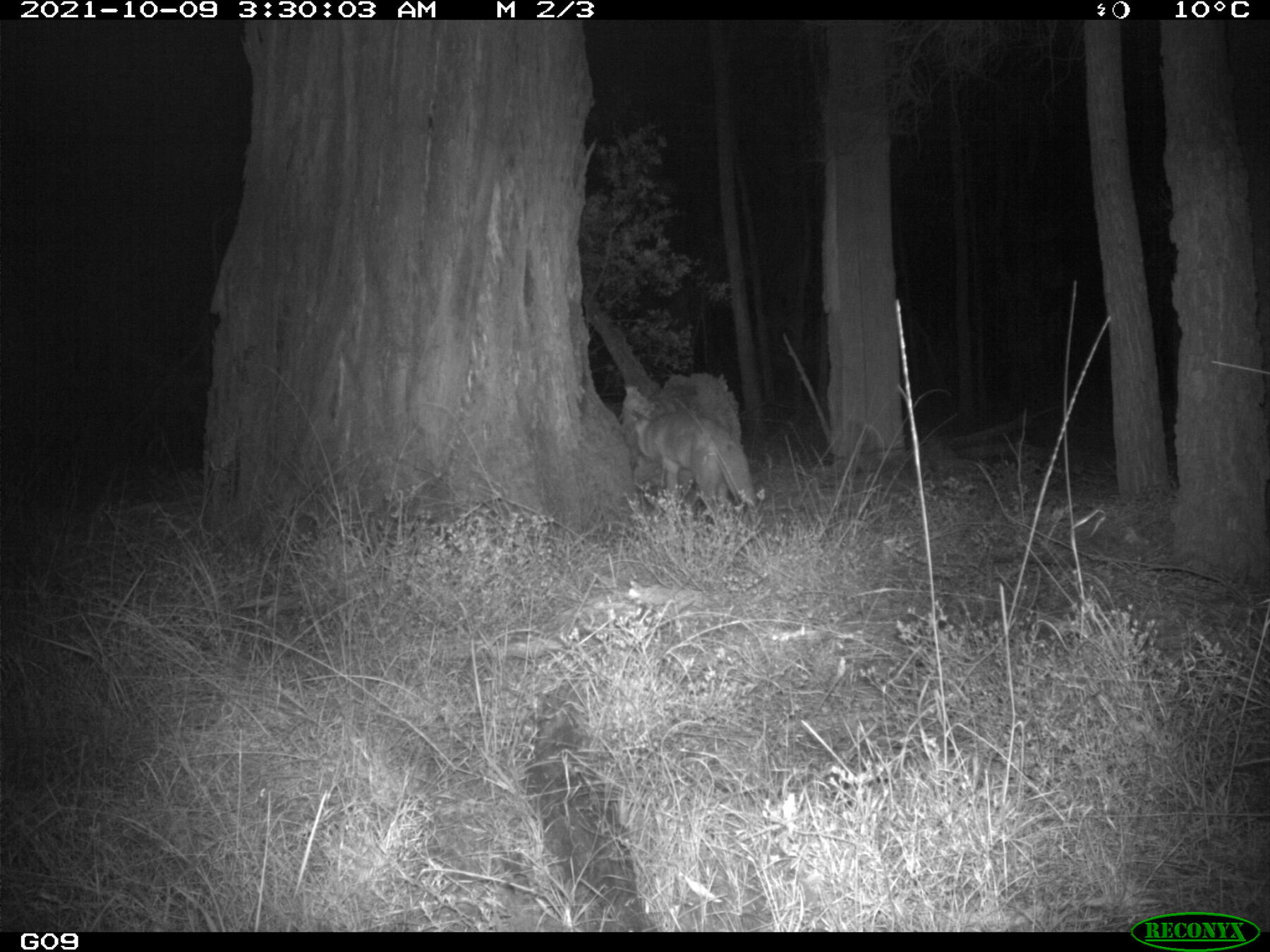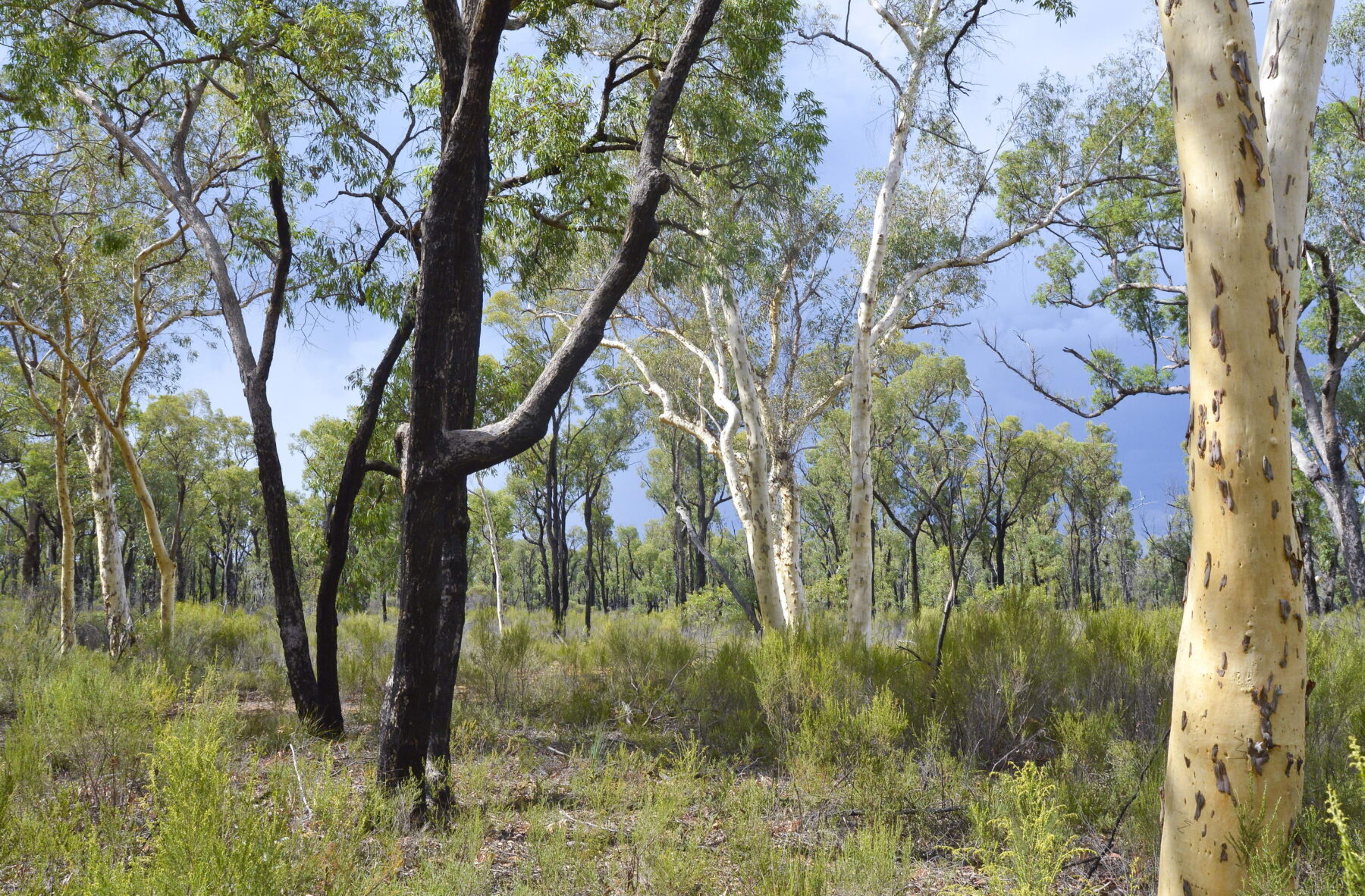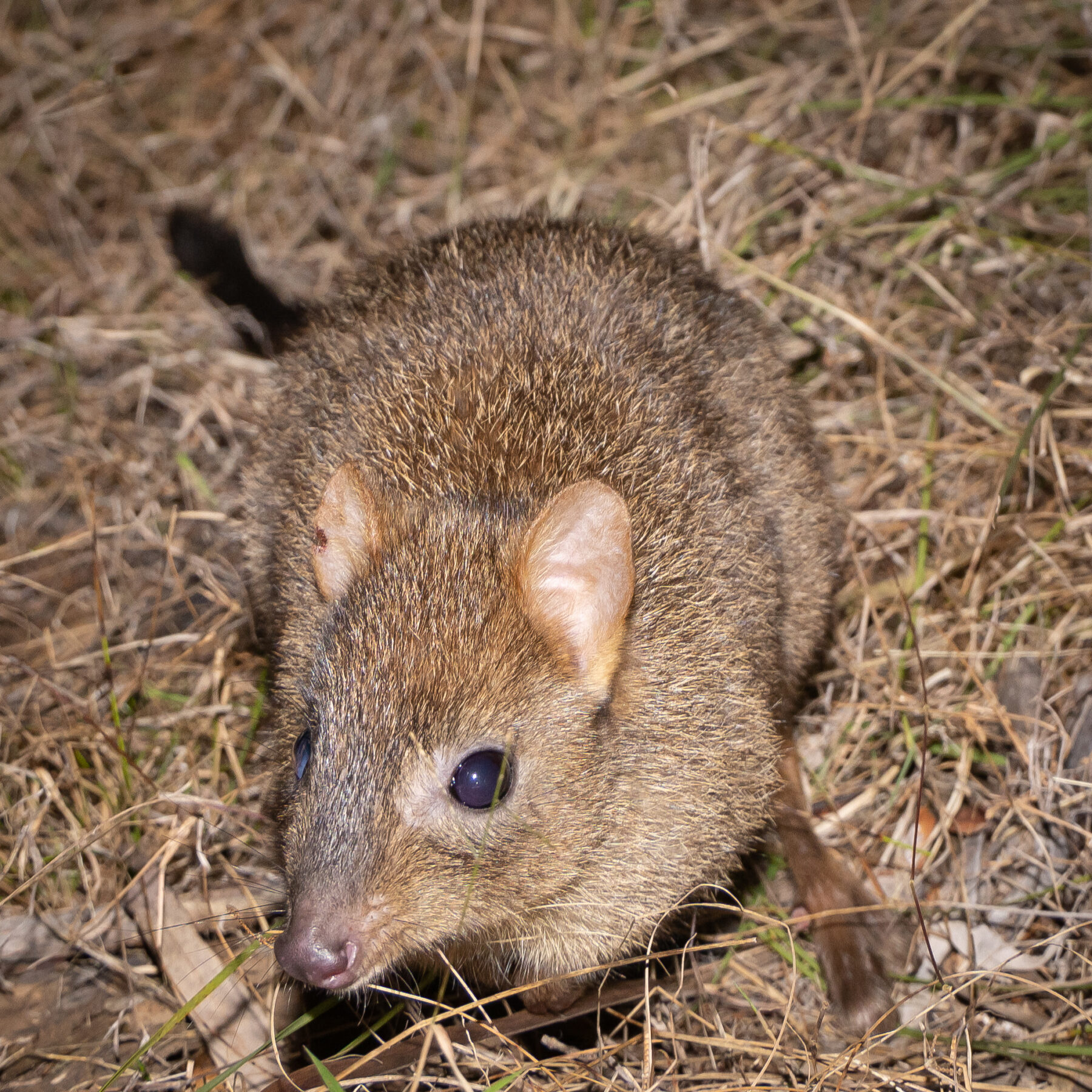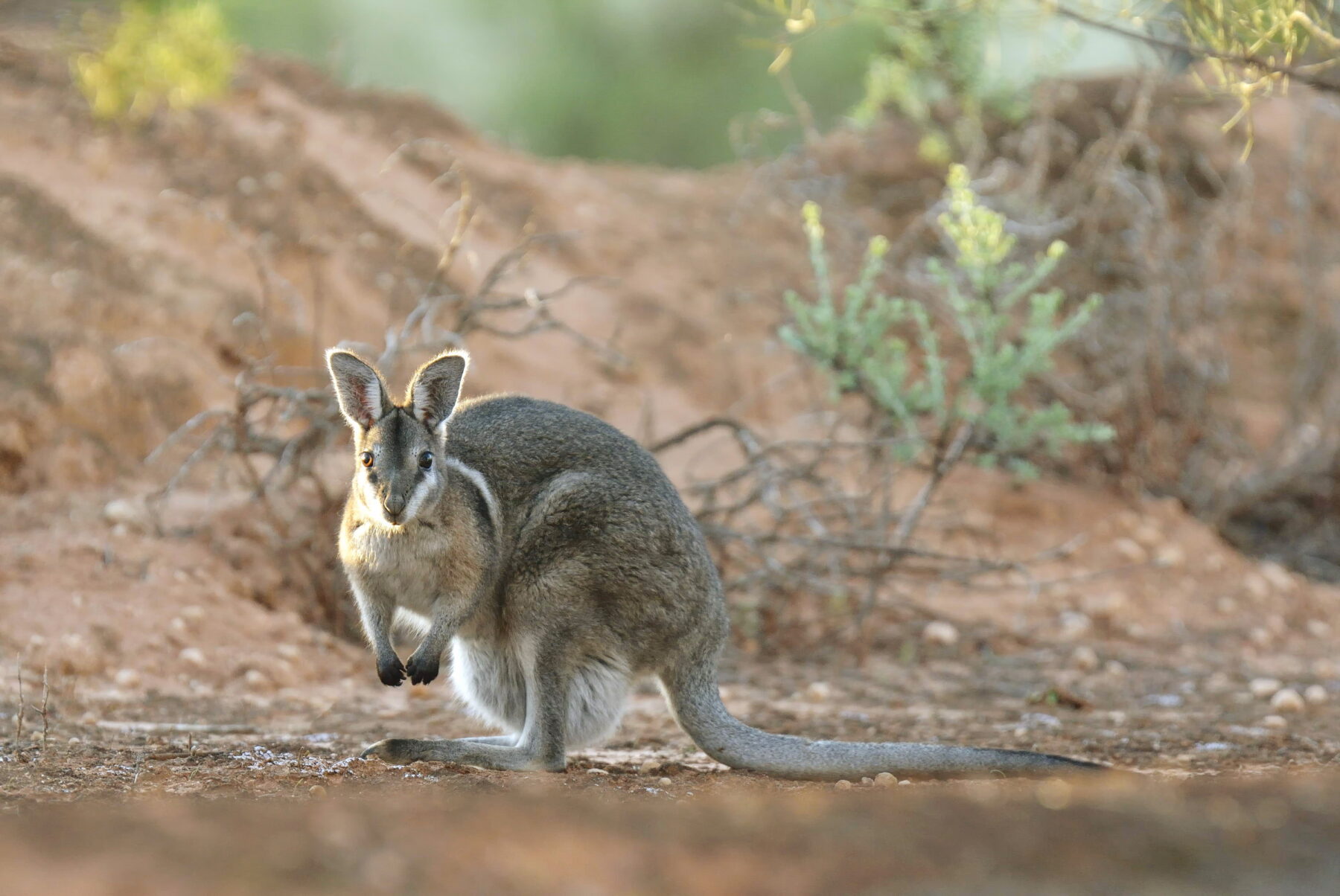The Pilliga’s most wanted animal

“Adios, Rambo!” cheers Wayne Sparrow, Australian Wildlife Conservancy’s (AWC) Pilliga operations manager.
Wayne has spent the last four-and-a-half years trying to do one thing – find an individual fox living within the confines of a 35,632ha fenced area in north-west New South Wales.
The area was fenced off in July 2018 in a joint initiative between AWC and NSW National Parks and Wildlife Service (NPWS) to create the Pilliga project area, a predator-free safe haven within Pilliga National Park and the Pilliga State Conservation Area, purpose-built for the reintroduction of six locally extinct native species.
But, almost five years later, only three of these species (the greater bilby, bridled nailtail wallaby, and brush-tailed bettong), have been reintroduced into the region, released into a smaller 680ha fenced area, created within the larger safe haven.
Why? Because the only remaining predator in the fenced-off area, a red fox nicknamed ‘Rambo’ by the AWC team, has been eluding capture.
Over the years, Wayne and the rest of the AWC operations team have gone to extreme lengths to catch the fox. Together they have tallied up 10,400 trap nights, 73 shoot nights, 3500 baits and more than 55 days working with scent-tracking dogs.
Despite these intensive efforts, Rambo was never found. Instead, he occasionally made an appearance on one of the 97 camera traps scattered throughout the fenced area, taunting the team by confirming he was still out there.
But now, no camera traps have captured footage of Rambo since 9 October 2022. And because eradication monitoring periods require a fenced area to be clear of feral predators for a minimum of three months, the AWC and NSW NPWS have announced the fox is officially considered ‘no longer’ and declared Pilliga feral predator-free.

It is suspected Rambo died during one of two flooding events that hit the region in October last year.
“The lack of evidence is evidence in itself – we are so confident the fox is gone that we’ve even had an ‘Eradication Celebration’,” says Wayne.
“We’re all experiencing this unusual feeling of excitement, joy and disappointment because the team put much time and effort into this sizeable chase, only to have the fox leave [naturally].
“But at the end of the day, we needed the fox gone, one way or another. We have the result we need and we can move forward with reintroducing new species and the whole project will progress.
“I’m incredibly proud of everyone who joined me on those many sleepless nights and stressful days. My work here is done – it’s over to the science team.”
What now?
With the fenced Pilliga safe haven now officially predator-free, the AWC can now move forward with its reintroduction programs, confident the native species will have the best chances of breeding and survival.
“The timing is perfect,” says Dr Vicki Stokes, AWC senior wildlife ecologist.
“The bilbies and the bridled nailtail wallabies are ready to move into the larger area. Good conditions in the forest over the last few years have meant that both populations are doing exceptionally well and [it will be] good to get them out into the wider area so they can flourish.”
Vicki says she is also “very excited” that the planned reintroductions of other native species will happen soon.
“We hope to release the vulnerable plains mouse before June, and the western barred bandicoot in September.”
The western quoll will also be reintroduced in the near future.










